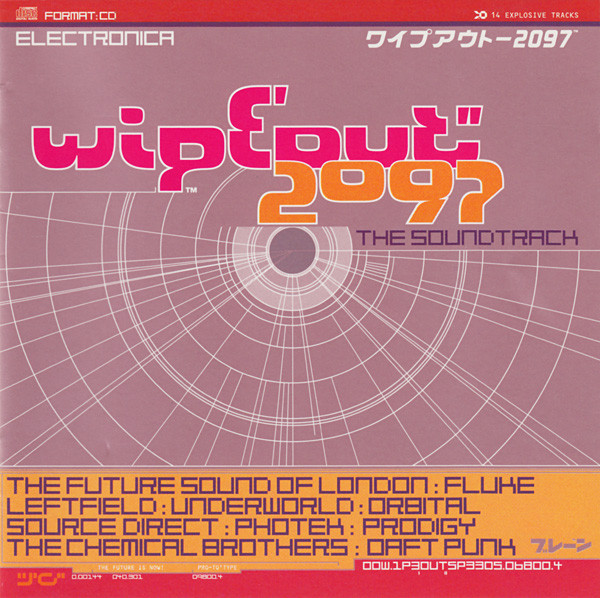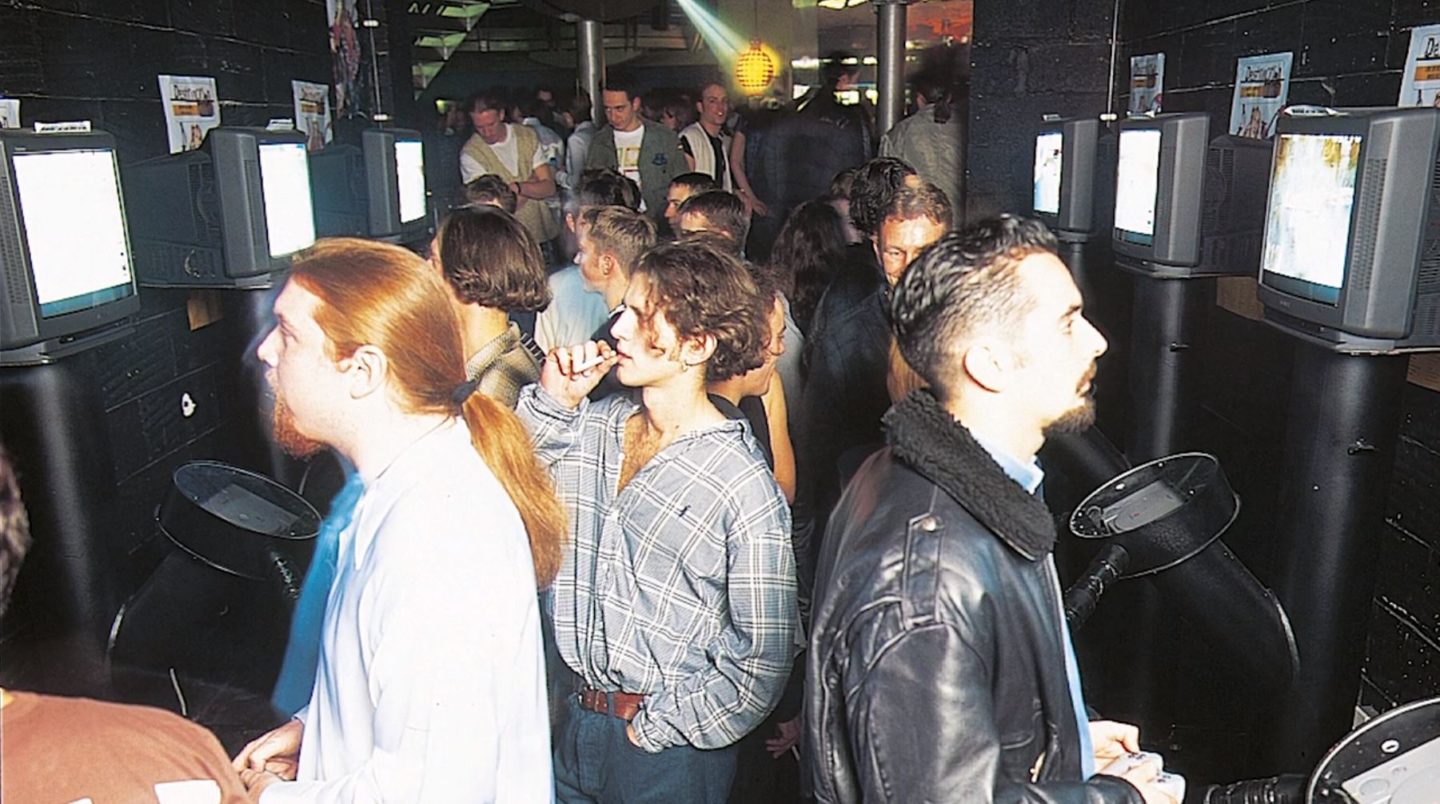RetroGamingUK
Member
As we're coming up to the 30th anniversary of PlayStation, I've been thinking about how the culture of gaming has completely changed since my childhood where by gaming was purely a children's hobby, something you'd play after watching your Saturday morning cartoons and soon grow out of once you'd left school. In the early 90s I never thought gaming would be something I'd continue to enjoy as I approached 40 along with so many of my peers.
So what changed? For me, I put it all down to a little grey box called PlayStation back in 1995.
Games
I'd grown up with the likes of Mario and Sonic and loved them during my primary school days, but entering my teens I started to feel that I was growing out of them a little along with gaming in general, but around the mid 90s gaming was starting to grow up with me. I got a PlayStation in 1996 and it was goodbye Donkey Kong and Kirby, hello WipEout and Resident Evil.
We saw an explosion of the survival horror genre starting with Resident Evil and continuing with Alone in the Dark and Silent Hill. Driving sims went mainstream with the likes of Gran Turismo, TOCA and Colin McRae.
Music
Many games from the late 80s and early 90s had some excellent melodies, Streets of Rage's being a great example, but those early sound chips were incredibly limiting and mainly resulted in plinky plonky soundtracks. PlayStation launched with WipEout and leaned heavily on rave culture with its Designer's Republic aesthetic and soundtrack featuring the likes of The Prodigy, Chemical Brothers, Underworld and Orbital. Gran Turismo would feature the likes of Garbage, The Cardigans and Manic Street Preachers. Tony Hawk's Pro Skater featured Rage Against the Machine and Public Enemy, and FIFA would also make use of popular music with Blur's Song 2 playing over the intro of FIFA 98.

Television
Gaming's representation on television was at the time aimed squarely at children where it was either being relegated to slots on Live & Kicking or had short running shows like CBBC's Reactive or CITV's Bad Influence. GamesMaster, which also started of purely aimed at children, came back in September 1995 with a newly shaven-headed Dominic Diamon along with a more adult theme laden with sexual innuendo. We'd later see 4Later's Bits and Thumb Bandits presented by Iain Lee aimed squarely at student's coming back from the pub on a Friday night.
Marketing
Sony made a conscious decision to market the console to people in their late teens and early 20s, leaving Nintendo and Sega to continue to battle it out for 12 year olds. While the competition were busy promoting their consoles in toy shops, Sony set up demo pods in nightclubs and at concerts. Sony's first published game, WipEout, also appeared to convey a drug overdose, which at the time was bought up in the House of Commons and led to a ban, Sony knew what they were doing and the controversy only helped with their "edgy" image.
Magazines
In the early 90s the vast majority of gaming magazines were aimed a children complete with cartoon character laden covers, overly coloured pages, poo jokes and cartoon mascots (remember Mean Machine's "Mean Yob"). The PlayStation era completely changed this, starting with EDGE the visual style and writing became a little more sensible along with more coverage of adult oriented material such as music, movies, tech and fashion, of course the worst of these would replicate the "lads mags" of the time complete with slutty imagery.

So what changed? For me, I put it all down to a little grey box called PlayStation back in 1995.
Games
I'd grown up with the likes of Mario and Sonic and loved them during my primary school days, but entering my teens I started to feel that I was growing out of them a little along with gaming in general, but around the mid 90s gaming was starting to grow up with me. I got a PlayStation in 1996 and it was goodbye Donkey Kong and Kirby, hello WipEout and Resident Evil.
We saw an explosion of the survival horror genre starting with Resident Evil and continuing with Alone in the Dark and Silent Hill. Driving sims went mainstream with the likes of Gran Turismo, TOCA and Colin McRae.
Music
Many games from the late 80s and early 90s had some excellent melodies, Streets of Rage's being a great example, but those early sound chips were incredibly limiting and mainly resulted in plinky plonky soundtracks. PlayStation launched with WipEout and leaned heavily on rave culture with its Designer's Republic aesthetic and soundtrack featuring the likes of The Prodigy, Chemical Brothers, Underworld and Orbital. Gran Turismo would feature the likes of Garbage, The Cardigans and Manic Street Preachers. Tony Hawk's Pro Skater featured Rage Against the Machine and Public Enemy, and FIFA would also make use of popular music with Blur's Song 2 playing over the intro of FIFA 98.

Television
Gaming's representation on television was at the time aimed squarely at children where it was either being relegated to slots on Live & Kicking or had short running shows like CBBC's Reactive or CITV's Bad Influence. GamesMaster, which also started of purely aimed at children, came back in September 1995 with a newly shaven-headed Dominic Diamon along with a more adult theme laden with sexual innuendo. We'd later see 4Later's Bits and Thumb Bandits presented by Iain Lee aimed squarely at student's coming back from the pub on a Friday night.
Marketing
Sony made a conscious decision to market the console to people in their late teens and early 20s, leaving Nintendo and Sega to continue to battle it out for 12 year olds. While the competition were busy promoting their consoles in toy shops, Sony set up demo pods in nightclubs and at concerts. Sony's first published game, WipEout, also appeared to convey a drug overdose, which at the time was bought up in the House of Commons and led to a ban, Sony knew what they were doing and the controversy only helped with their "edgy" image.
Magazines
In the early 90s the vast majority of gaming magazines were aimed a children complete with cartoon character laden covers, overly coloured pages, poo jokes and cartoon mascots (remember Mean Machine's "Mean Yob"). The PlayStation era completely changed this, starting with EDGE the visual style and writing became a little more sensible along with more coverage of adult oriented material such as music, movies, tech and fashion, of course the worst of these would replicate the "lads mags" of the time complete with slutty imagery.

Last edited:






